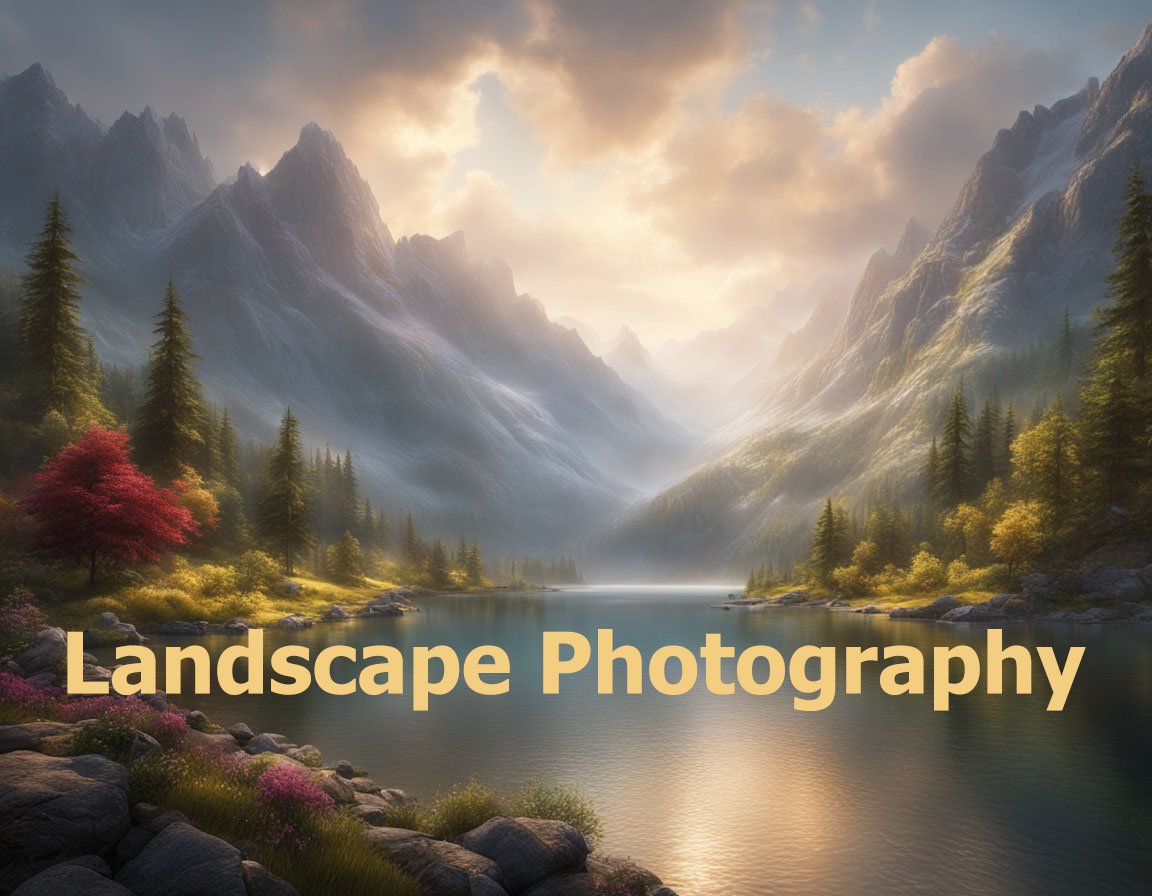Balancing light and shadow in landscape photography is an essential skill for creating compelling images. The interplay between light and shadow can bring depth, mood, and emotion to a photograph, transforming ordinary compositions into extraordinary visual narratives. Learning how to harness these elements effectively enables photographers to capture breathtaking landscapes that evoke a sense of wonder and exploration.
Understanding the dynamics of light is the first step in achieving perfect balance in landscape photography. Natural light varies throughout the day, with different qualities that can enhance or detract from your image. Golden Hour, occurring shortly after sunrise and before sunset, provides soft, diffused light that casts long shadows, adding texture and dimension to the scene. This light creates a warm glow that highlights details without causing harsh contrasts. During the Blue Hour, which takes place just before sunrise and after sunset, cooler tones emerge, offering a different atmosphere that can evoke tranquility and mystery.
Photographers should pay close attention to the direction and quality of light. Front lighting, where the sun illuminates the subject from behind the camera, minimizes shadows and highlights colors. While this can result in vibrant images, it may also flatten the scene. Backlighting, where the light source faces the camera, can create silhouettes and dramatic effects, emphasizing shape and form over detail. Sidelighting strikes a balance by casting shadows that reveal texture, making it ideal for highlighting the depth and structure of landscapes.
The use of filters is another effective method for controlling light and shadow in landscape photography. Graduated neutral-density (GND) filters help balance exposure between the sky and foreground, especially during sunrise and sunset when the sky is much brighter than the land. Polarizing filters reduce glare and enhance colors by blocking polarized light, helping to achieve a more balanced exposure and richer details, while also deepening the contrast between light and shadow.
Composition techniques can further improve the balance between light and shadow. Employing the rule of thirds positions the subject in a way that capitalizes on natural light angles, creating balance and interest. Leading lines, such as roads or rivers, can draw the viewer’s eye into the photo, guiding them through areas of light and shadow. Framing subjects with natural elements like trees or rocks can create contrast by juxtaposing bright and dark areas, focusing attention where desired.
In post-processing, software like Adobe Lightroom or Photoshop offers tools for adjusting shadows and highlights, allowing for further refinement of balance. By selectively brightening shadows or toning down highlights, photographers can recover details lost in extreme contrast while maintaining the natural look of the image. This process should be done judiciously to preserve the integrity of the scene, avoiding the creation of an artificial or over-processed appearance.
The choice of shooting location also plays a crucial role in mastering light and shadow. Certain landscapes inherently possess unique lighting challenges and opportunities. Mountain ranges, for instance, can cast massive shadows over valleys, while coastal scenes may benefit from the reflective qualities of water. Exploring and scouting different locations under various lighting conditions will expand a photographer’s understanding and ability to manipulate light artistically.
Consideration of weather conditions is crucial, as they dramatically influence the lighting of a landscape. Overcast days provide diffused lighting that softens shadows, a benefit for capturing subtle textures and tones. Conversely, clear skies offer a stark contrast between light and shadow, adding drama and intensity to the photograph. Adjusting the shooting strategy to complement the prevailing weather results in better control over light and shadow interplay.
Including human elements or animals can introduce scale and perspective, enhancing the balance between light sources and shadows. A lone hiker dwarfed by towering mountains amid a play of light and shadow communicates a profound narrative of adventure. Including such elements helps to convey a sense of scale that enriches the composition and engages viewers on a deeper emotional level.
To achieve proficiency in balancing light and shadow in landscape shots, photographers must practice patience and adaptability. The natural world can be unpredictable, and conditions can change rapidly. Being prepared to adjust camera settings, reposition the frame, or even wait for the ideal light can mean the difference between a good shot and a great one. Mastering this aspect of photography also requires an openness to experimentation and learning from both successes and failures.
In summary, balancing light and shadow in landscape photography is a multifaceted skill involving a keen understanding of natural light, strategic use of equipment, and creative composition techniques. By combining these elements with thoughtful post-processing and an informed appreciation of the chosen environment, photographers can capture images that are not only visually stunning but also emotionally resonant.


